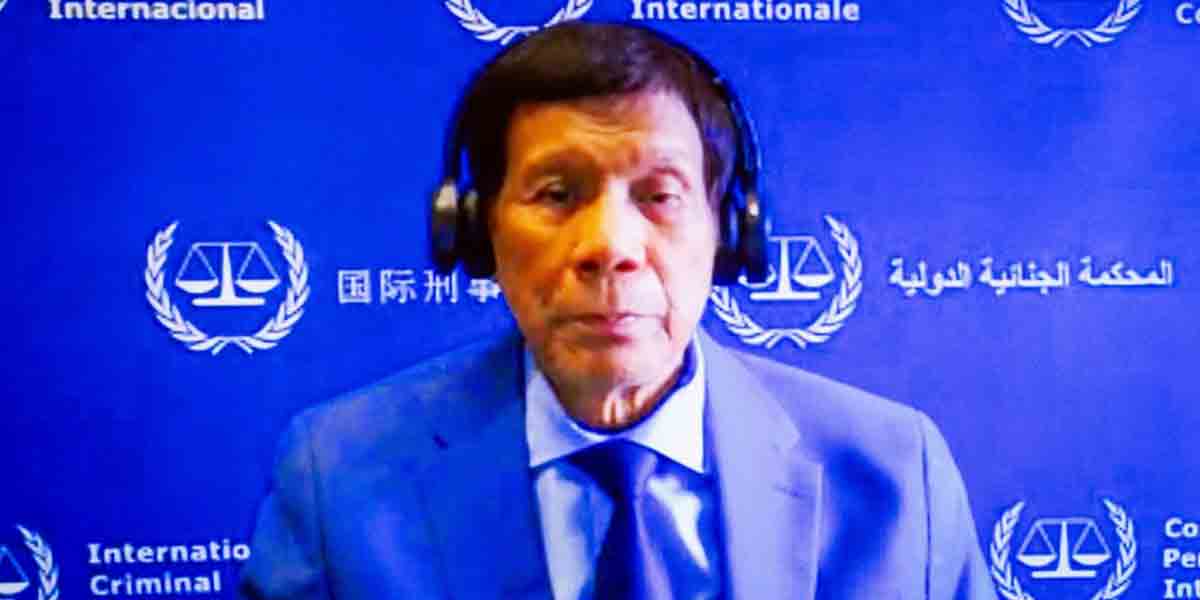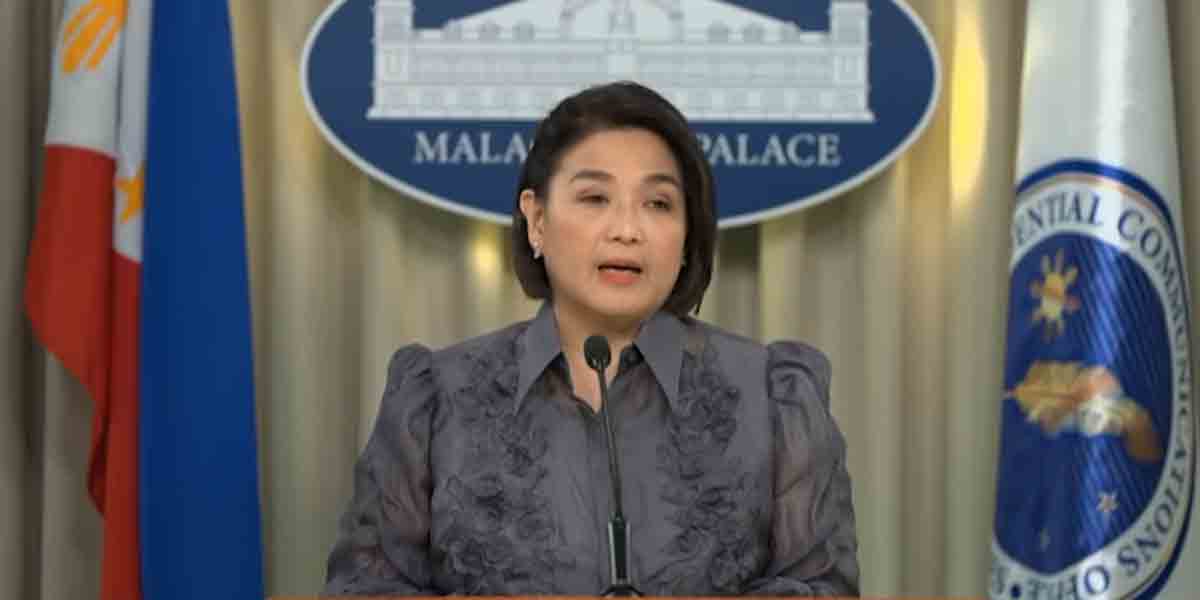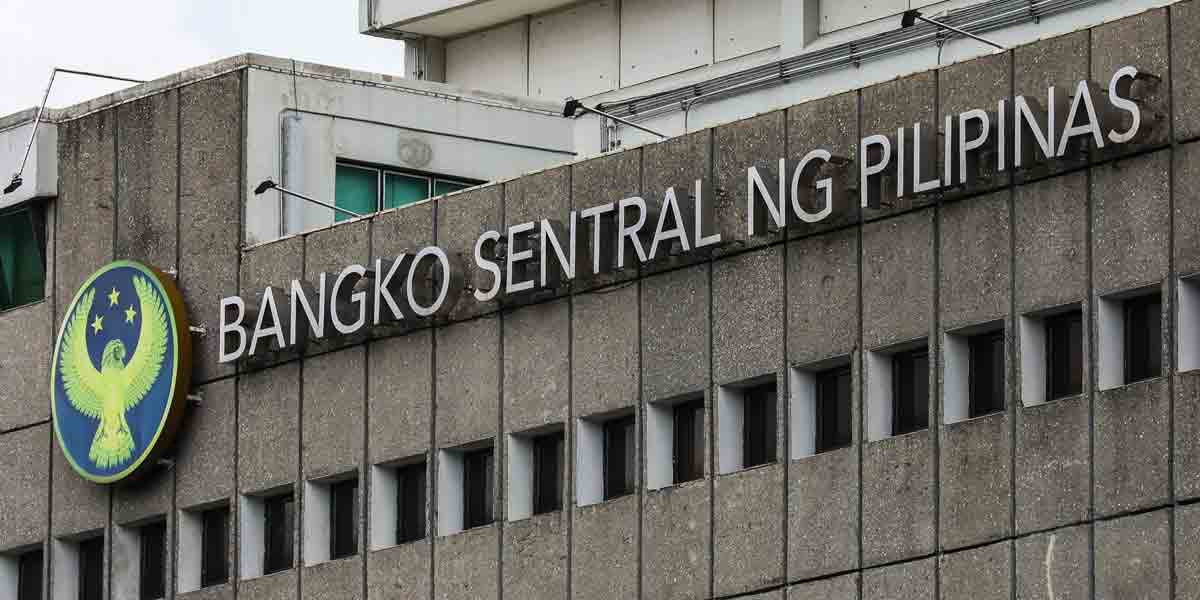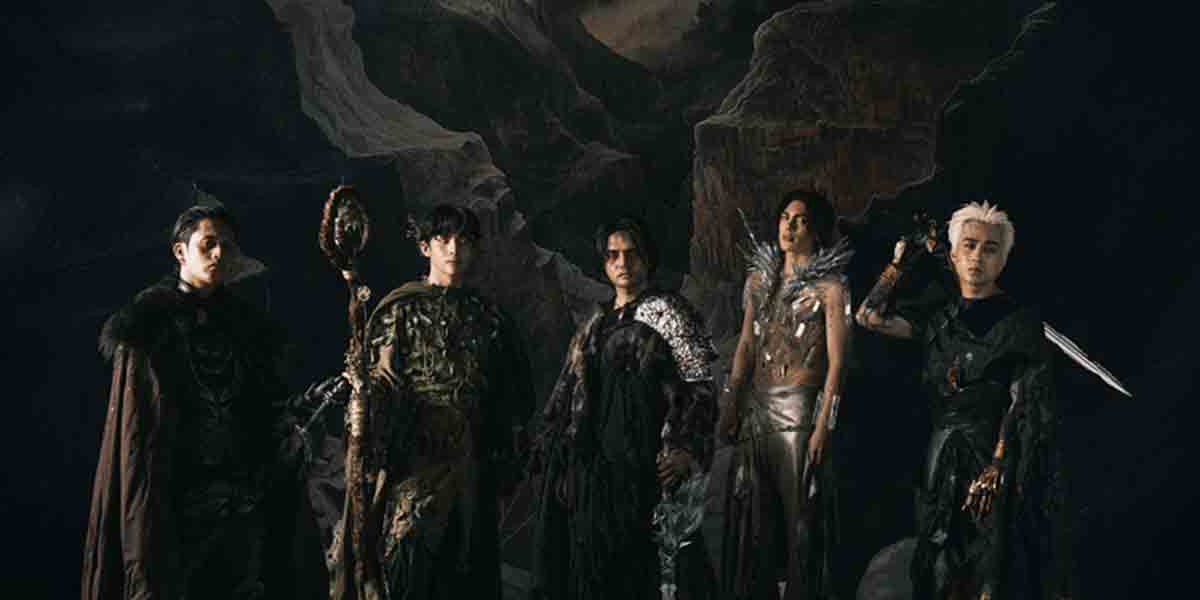By Atty. Eduardo T. Reyes III
Knesset, Israel’s Parliament or law-making body, is poised to pass laws that could play a crucial role in the interplay of powers among the Supreme Court, the Prime Minister, and Knesset itself.
Israel adheres to an unwritten constitution. It means that the general framework of its laws is found in separate legislative measures that its Supreme Court must harmonize and interpret when legal issues arise. Of late, and in view of former Prime Minister Binyamin Netanyahu’s legal woes, it was observed that there has been some judicial activism at play whereby Israel’s courts had interloped into what should have been within the legislative frontiers.
Knesset now plans to curb these judicial powers by enacting laws aimed at providing a stronger mechanism for check and balance.
Back to the Philippines, particularly in Iloilo City, delegates had converged last week at the Iloilo Convention Center (ICC) in Mandurriao district to solicit inputs on the planned tinkering of the 1987 Philippine Constitution.
The 1987 Philippine Constitution is a written, as opposed to an unwritten, constitution. Its provisions are codified in one document. It is the highest law of the land.
Article 7 of the New Civil Code as well as jurisprudence are unforgiving in terms of stating that any law that contravenes the constitution, is void.
The constitution must be more or less permanent so as to provide an anchor in the passage as well as interpretation of laws.
Yet the tricky thing is that the constitution, just like any law, must be relevant to the times. It cannot stagnate.
Where do we strike the balance?
While it may be conceded that the three (3) branches of government, ie., executive, legislative and judicial, are co-equal, the constitutional design must have a mechanism of check and balance. When the iteration works well, we experience constitutional harmony. But when conflict mars the process, it may be said that the three (3) branches are like “giants” of the constitution jockeying for position.
Then again, in the battle among the three (3) giants, it must be underlined that they were created for a primordial reason: TO SERVE THE PEOPLE. In wielding their supreme powers, the people’s liberty and all other constitutional rights must be prioritized.
Working on constitutional reforms then must always be mindful of the great prescient minds that once formulated the enduring constitutional provisions which served as footprints of yesterday and will foster the templates for tomorrow and beyond. James Madison would be atop the list. In reference to the “constitution’s source of power”, it was written that:
“The American Constitution, he wrote, is a charter [] of power granted by liberty” not ( as in even enlightened European nations) a charter of liberty … granted by power. In the United States, it is the people, not a central authority, who are the source of legitimate federal power. Thus Americans are unlikely to consider an exercise of governmental authority fully legitimate unless they can trace the source of that exercise back to the people themselves. We can easily trace congressional statutes back to the people through our system of federal elections, which put in place the representatives who write the statutes”. (pp. 145-146, The Court and the World, Stephen Breyer citing James Madison).
Here too, in the Philippines, our constitution is “a charter of power granted by liberty” and not “a charter of liberty granted by power”. The government owes therefore its power to the people and not the other way around.
It is hoped that this fundamental principle in constitutional law will resonate and reverberate in the halls of Congress as its members navigate the tinkering of the 1987 Philippine Constitution.
(The author is the senior partner of ET Reyes III & Associates– a law firm based in Iloilo City. He is a litigation attorney, a law professor and a law book author. His website is etriiilaw.com).






















